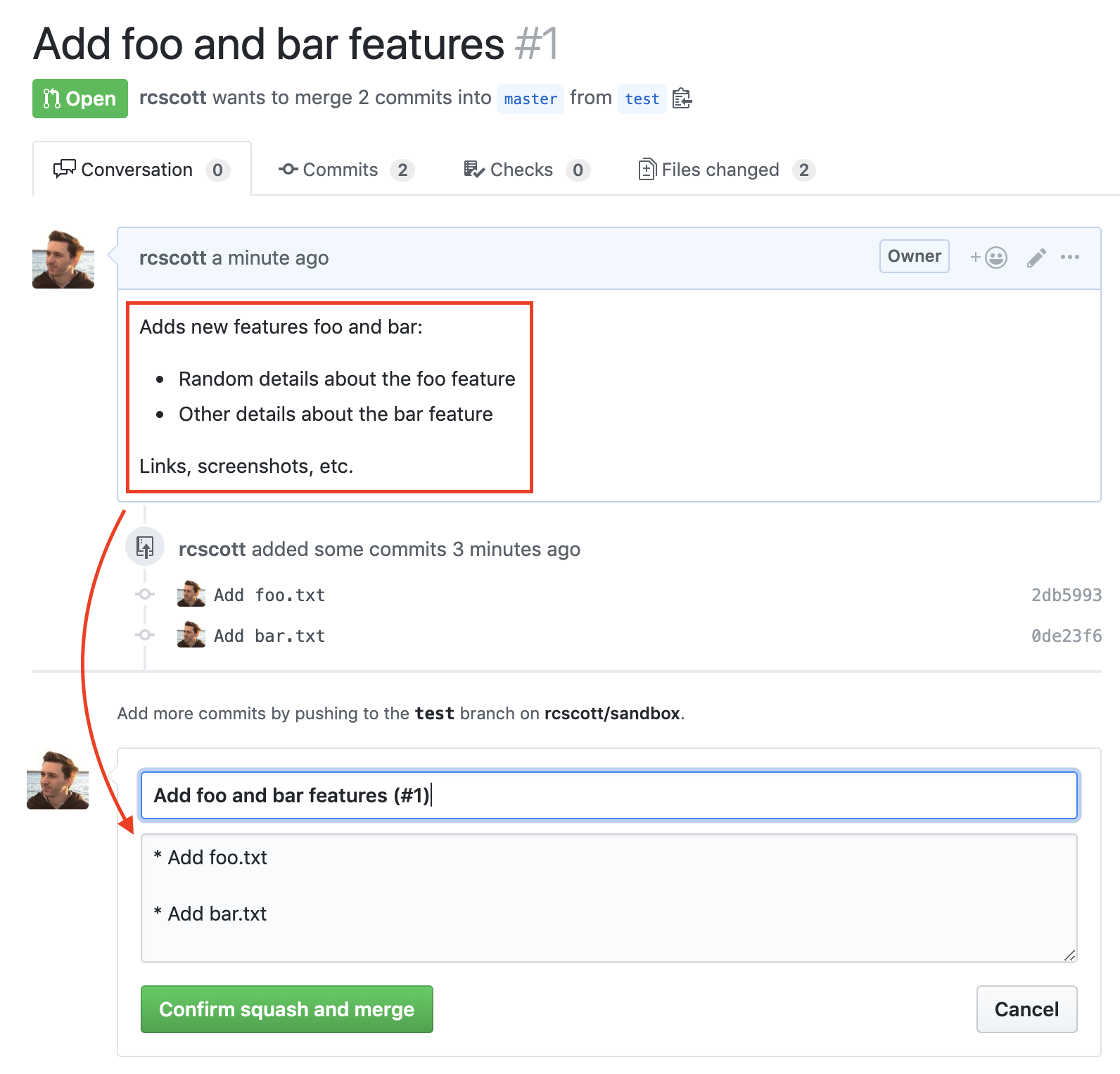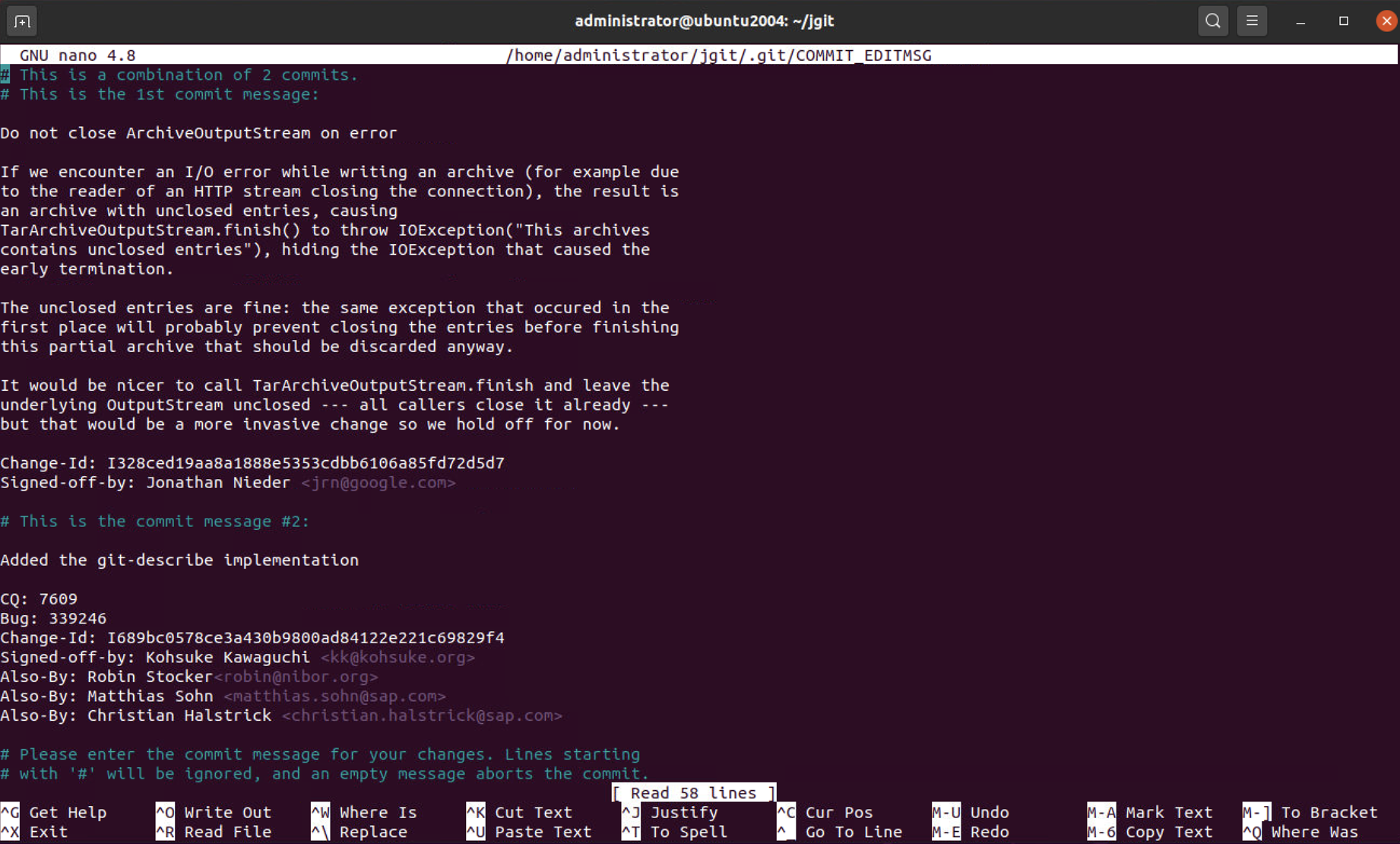
Right-click the commit that is previous to the one you want to keep.
Sublime merge squash commits full#
We have also seen how we can make history clean using the git rebase and squash commands.If you are looking to squash several commits into one in VS Code without having to use the console, I have a solution for you.įirst off you need the GitGraph plugin, which simply allows you to see the full git log history of your branches. When we replace pick with squash, we tell git to combine that commit with the previous one (remember the processing order, top to bottom). To avoid that, we can use squash so that in the log of the master. Remember what we want to do in this rather contrived example we want to combine commits B, D, and E into one. For example, if I wanted to squash all the commits in red, I would right-click the commit in green, then select Reset current branch to this commit You will then see to your left the unstaged changes belonging to all the commits you had before. The former option results in a 3-way merge and a merge commit, while the latter results in a fast-forward merge and a perfectly linear history. This is handy when having to interact with specific commits, which we will do if we want to squash them.

The following diagram demonstrates how rebasing onto the main branch facilitates a fast-forward merge. Rebasing is a common way to integrate upstream changes into your local repository. Finally, do a force push to origin to replace all your existing commits for a single one.īe reminded that this works for branches where you are the only collaborator.You will then see to your left the unstaged changes belonging to all the commits you had before.For example, if I wanted to squash all the commits in red, I would right-click the commit in green, then select “Reset current branch to this commit…” Right-click the commit that is previous to the one you want to keep.Once installed, go to the GitGraph log (you can do this from the source control sidebar or by pressing F1) and proceed as follows: Using the squash functionality, you can easily combine multiple commits together.

If your branch is shared with multiple developers and you do a force push, be prepared to bring a box of donuts to the office next morning.□Īnother alternative is to “Reset” your commit to the first commit you made to your branch and then do a “Commit Amend”. It does pretty much the same, so it’s just a matter of preference. Fixup commits produce commits that fix a specific commit in history by appending a commit with message fixup.

Conflicts you can resolve in the user interface If your merge conflict meets all of the following conditions, you can resolve the merge conflict in the GitLab user interface: The file is text, not binary. If you don’t have the “Push (force)” option in VS Code, make sure you go to “Settings > Extensions > Git > Allow Force Push”. An interactive rebase with -autosquash option will then merge the original commit and the fixup into a new commit and rebase the subsequent commits. The file is in a UTF-8 compatible encoding.


 0 kommentar(er)
0 kommentar(er)
